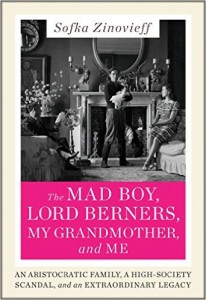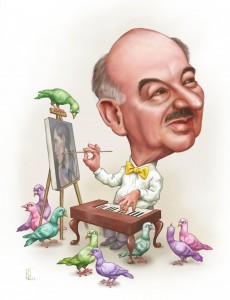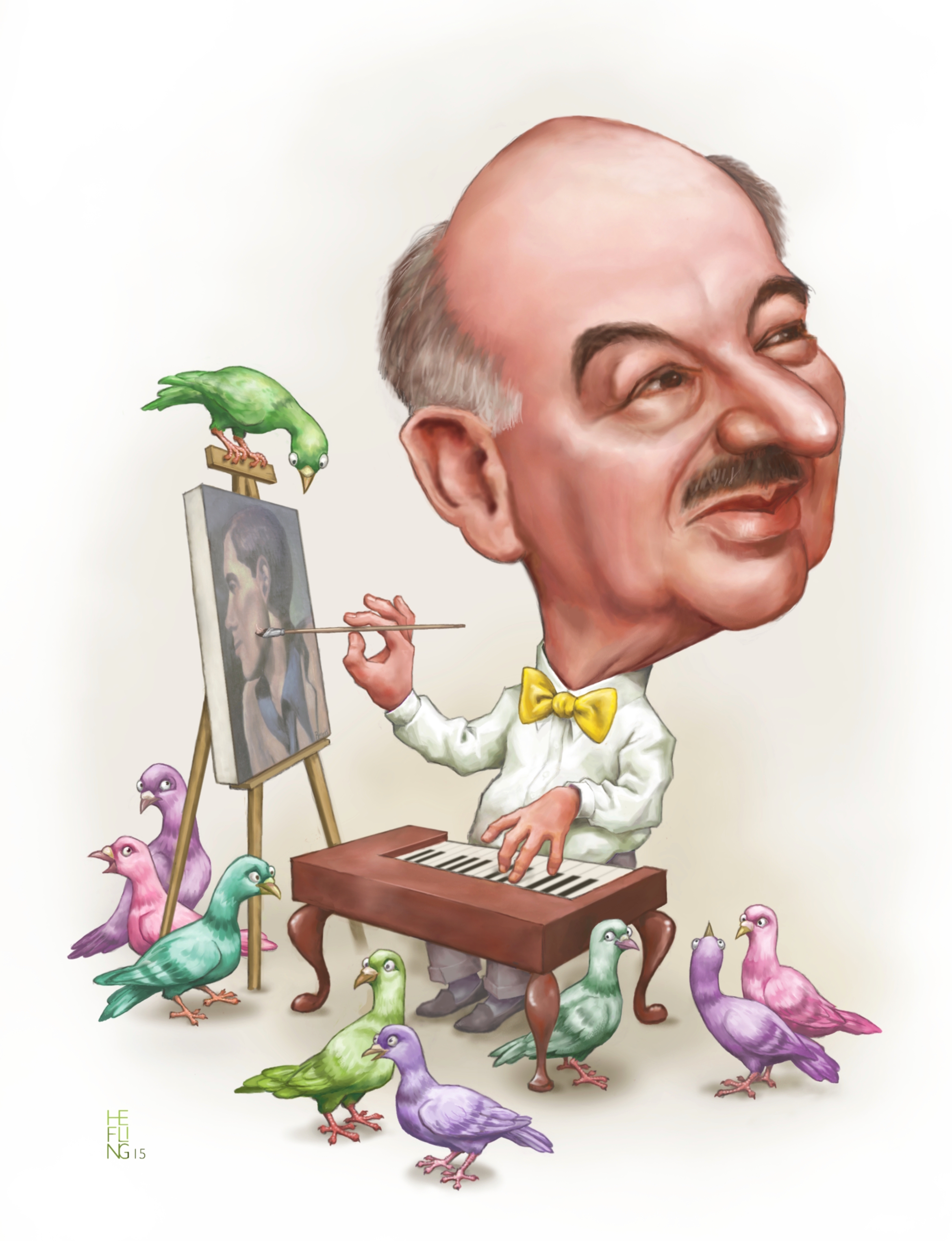 The Mad Boy, Lord Berners, My Grandmother and Me: An Aristocratic Family, a High-Society Scandal and an Extraordinary Legacy
The Mad Boy, Lord Berners, My Grandmother and Me: An Aristocratic Family, a High-Society Scandal and an Extraordinary Legacy
by Sofka Zinovieff
HarperCollins. 448 pages, $35.
BORN Gerald Tyrwhitt, Lord Berners (1883-1950) was well known during his lifetime as a writer in several genres. His novels and memoirs were well received, and they’ve been reprinted over the years. He designed sets and costumes for a number of ballets and operas. A friend of Stravinsky, he was admired by Diaghilev and socialized with members of the Ballets Russes, for which he composed “The Triumph of Neptune” for its twentieth anniversary.
His contemporary, the writer Osbert Sitwell, said Berners was “addicted to wit or humor.” A shameless jokester, he teased people to the point of cruelty. It was his custom to dye the white doves on his estate every color of the rainbow. He also had a gift for making and keeping friends and was known for his loyalty to them. Berners graduated from Eton but later failed his foreign service exams, became an honorary, unpaid attaché, and was stationed in Constantinople for a short time before World War I. He met “The Mad Boy,” otherwise known as Robert Heber-Percy, in the 1930s at a house party hosted by mutual friends. At that time, Berners was almost fifty years of age and Heber-Percy was almost thirty years younger. Heber-Percy was also probably (though not positively) the grandfather of Sofka Zinovieff, author of this very detailed biography—so overstuffed with gossip and scandal that it’s impossible to read for long stretches without feeling as if one has gorged on too many cream puffs. It has to be put aside every once in a while to gather the strength to read about yet another party or peruse another guest book containing names of every other British aristocrat, movie star, writer, or hanger-on.
Soon after they met, Robert Heber-Percy, who was “only known for behaving badly,” and Lord Berners began living together at the ancestral Berners home, Faringdon House, in what was possibly Berners’ first intimate relationship. Heber-Percy had “the confidence of a hedonist and the

fearlessness of a wild sexual opportunist.” His “madness,” apparently, was basically his own bad behavior and its influence on his friends, and his refusal to toe anybody’s line. Berners took great pains to be sure that Heber-Percy would be able to inherit Faringdon House, known to be much more comfortable than many of the other great British mansions, and Heber-Percy, in turn, made sure that the author, his putative granddaughter, inherited the estate.
Zinovieff devotes a good part of the book to her grandmother and mother. Her grandmother, Jennifer Fry, had “occasional flings” with women but was basically straight; the author considers Heber-Percy to have been basically gay. Heber-Percy and Fry, who was possibly already pregnant at the time of their 1942 marriage, moved in with Berners at Faringdon House and divorced five years later.
While the casual anti-Semitism evinced by Berners and Heber-Percy was, sadly, typical of their time, Berners’ undying friendship with fascist Diana Mitford Mosley does make one squirm. In her 2003 obituary, The New York Times stated that she never recanted her admiration for Hitler, who was a guest, as was Josef Goebbels, at her 1936 wedding in Berlin. She and her husband Sir Oswald Mosley were imprisoned in England during World War II for their anti-British activism. Berners visited her frequently throughout her incarceration, and both he and Heber-Percy loved her for her “willingness to go against the tide and not care what the world said.” Despite this, and perhaps as a tribute to his gift of friendship, Alice B. Toklas included some of Berners’ recipes in her 1954 Cook Book, and both she and Gertrude Stein were guests at Faringdon House—where they heard more than their fair share of anti-Semitic remarks.
The Mad Boy is a thorough, if not exhaustive, look into a long lost world. Its glossy pages, each one of which is decorated with the image of a blue dove, contribute to its heft, and there is a generous supply of photographs.






